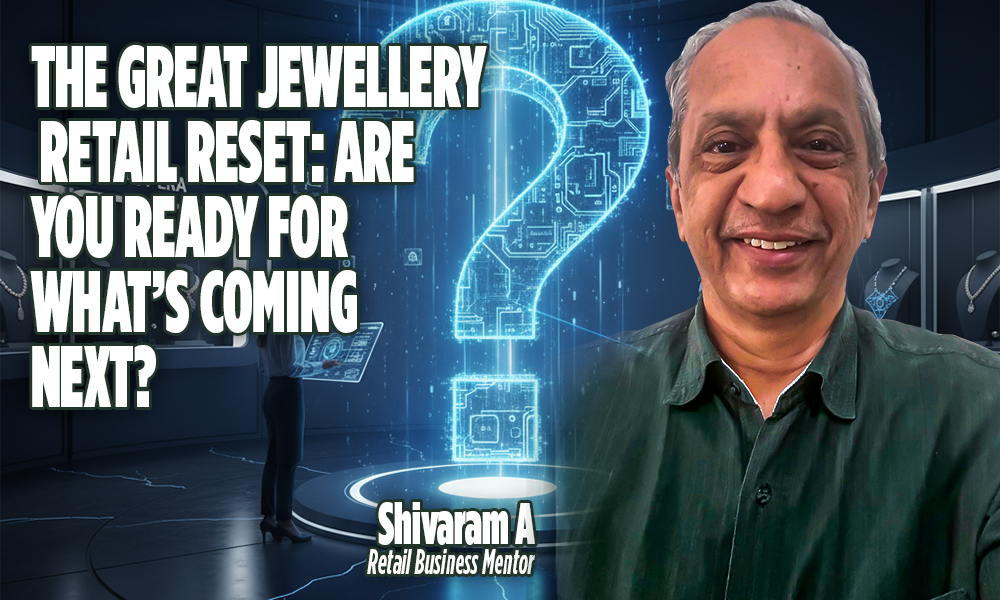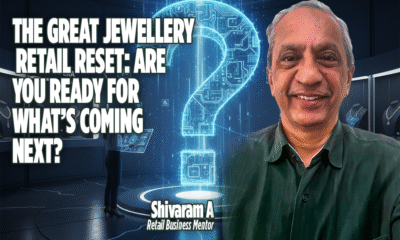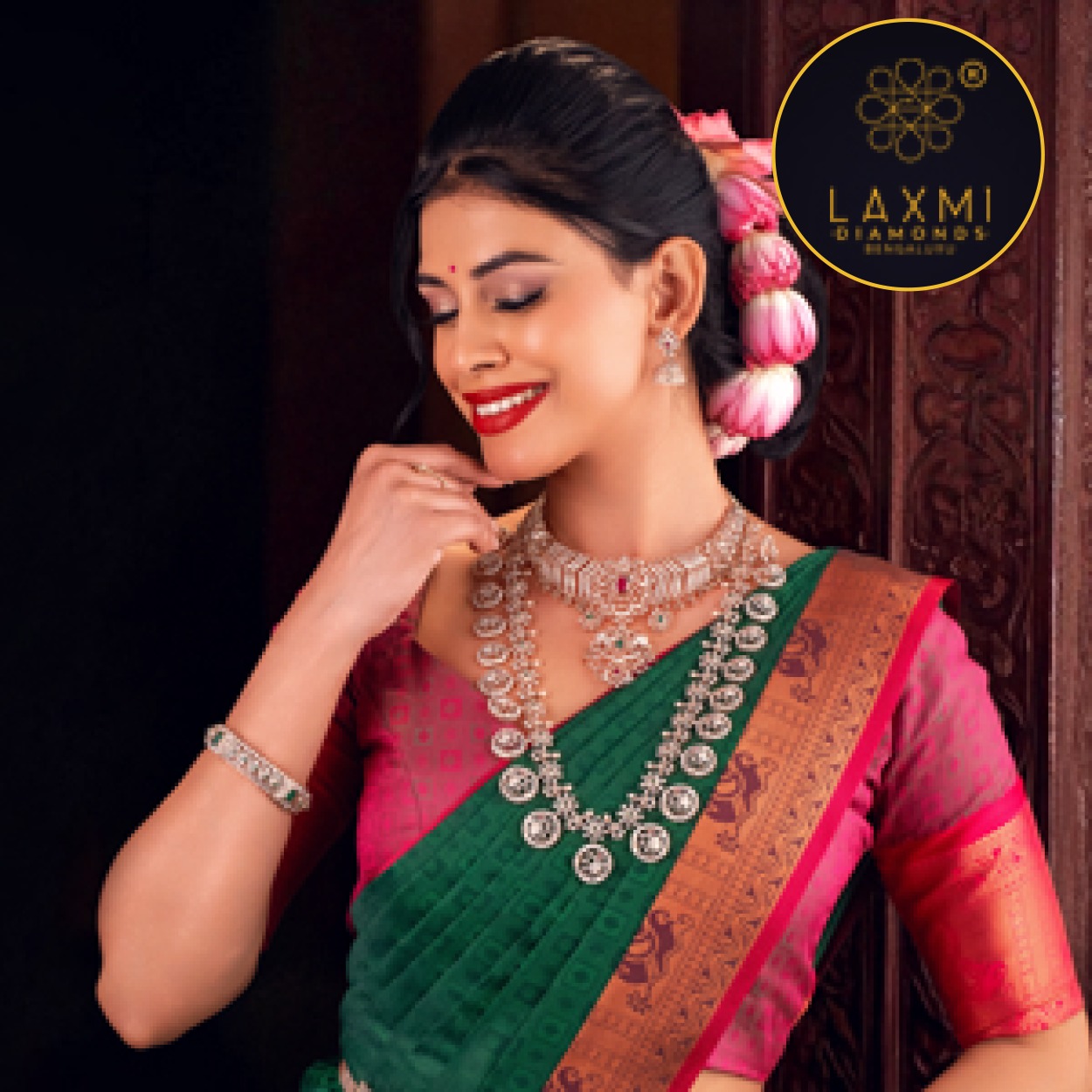By Invitation
Building your personal brand to build your business
Think of Elon Musk, Steve Jobs and Richard Branson. These are well-known people. Elon Musk owns companies like Tesla, SpaceX and Neuralink. Steve Jobs was behind the iconic Apple products such as the iPhone and the Mac. Richard Branson owns Virgin Atlantic. These people are not known because of their companies and businesses. Their companies and businesses are known because of these people. This is the power of personal branding.

Share prices of a company drop when a CEO leaves. On the reverse side, share prices of a company rise when a new CEO joins. This is personal branding. People are ready to bet on a company because they trust the person at the helm. In current politics, the biggest example is Prime Minister Narendra Modi. Whether you vote for the BJP or not, he is the deciding factor, the personal brand.
A personal brand is strategically built. It shapes and promotes an individual’s identity, expertise, and reputation, in such a manner that people are eager to spend money on the business that individual is associated with.
You must have seen in TV ads how famous actors and players become brand ambassadors of certain products. When Amitabh Bachchan endorses a product, he is putting his name and his reputation behind that product. He wants people to buy that product because people trust his judgement. They believe that if he is saying something, it must be true.
While reading this you must be thinking personal branding is all about mega businesses and mega personalities. Where does that leave a small business? Can you use personal branding to promote your business? Yes you can. If you believe your business depends on trust and reputation, you can add your own personal branding to the overall trust and reputation that your business has so far enjoyed.

The benefits of building your personal brand
Your personal brand helps you build credibility and trust in your niche. When people recognize your expertise and consistency, they trust your opinion and through your opinion, the trust your product or service. Your personal brand also helps you build your network. You connect with
like-minded people who have established themselves as an authority in their field or profession. Through your powerful personal brand, you can positively influence people. You inspire change in their thinking. You can help them decide. Also, in a market full of similar products and personalities, your personal brand helps you stand out. Your customers and business partners can differentiate you from your competitors.
How do you build your personal brand?
Building a personal brand is not as difficult as it used to be. There are multiple platforms available to you where you can increase your visibility and the good thing is, 99% of such platforms are available on the Internet, and mostly free.
But before that, do an audit of your strengths, passion, and your mission. Why do you do what you do? What unique value can you offer? Why should people pay attention to you? Within your field, where would you like to excel and make your name? What sets you apart? What strengths you already have that you can build on? Who is most likely to benefit from your abilities?
Once you have written down answers to these questions, you need to decide how you want to elevate your visibility so that more people know about your expertise. You can write a book. You can create a social media presence by regularly posting insightful, authoritative content. But before that find out where your audience spends time looking for content you are interested in sharing. Is it LinkedIn? Is a Twitter? Is it Instagram? Be consistent. Add value to people’s timelines. Inform and encourage.
Share knowledge and insights that others don’t share.
If you have contacts in popular publications like newspapers and magazines, you can get your expert opinions published over there, for example, getting an article published in Forbes can immediately enhance your authority. Using blogging platforms like Medium and LinkedIn you can even publish your own blog posts as authoritative commentary on your chosen topics.
Take up speaking opportunities. There may be many conferences and seminars where you can speak and share your experience to enrich the audience.
Building a personal brand these days requires a strategy. Continuously evaluate your effort. Gather data of the responses that you get on social media. What type of content gets the maximum traction? Publish more of such content. What topics excite people? Talk about those topics.
Participate in ongoing discussions. It takes time, effort, and dedication. Be persistent, remain consistent in your efforts, and above all, deliver value.
By Invitation
The Great Jewellery Retail Reset: Are You Ready for What’s Coming Next?
By Shivaram A,Retail Business Mentor

As gold prices fluctuate and customer mindsets evolve, the jewellery retail business stands at a turning point. Those who adapt with guidance will thrive — others may struggle to stay relevant.
Over the last year, jewellers across India have been living through a storm of uncertainty. Gold rates have risen, fallen, and risen again — shaking customer confidence and confusing buying behaviour. While many stores reported higher sales values during festive months, the actual number of pieces sold told a different story.
Customers were walking in — but walking out with fewer items. The same budgets, smaller volumes. The emotional connect with gold remained, but the buying intent was changing quietly beneath the surface.
A Shift in Buying Behaviour: Lighter, Smarter, More Selective
Jewellery, once seen as a long-term investment, is now also viewed through the lens of practicality and personal style. The younger buyer isn’t chasing weight anymore; they’re chasing meaning, design, and comfort.
Heavy necklaces and bangle sets have become slower movers, while rings, earrings, and lightweight chains are finding quick takers. Even as the “value” of inventory rises with gold prices, the “velocity” of sales — how quickly products move — has slowed down.
This creates an illusion of growth on paper but a challenge in reality: slower rotation, tighter margins, and customers whose expectations are changing faster than most jewellers are prepared for.
Two Customers, Two Worlds
At one end are traditional families — loyal, price-conscious, and deeply rooted in their relationship with their family jeweller. At the other end stands the new-age urban customer — salaried, educated, and brand-aware.
This second group is the real disruptor. They don’t see gold as an emergency asset but as an accessory that defines lifestyle. They browse online, compare designs across stores, and choose convenience over custom.
For them, jewellery is fashion — not finance. And that single shift is rewriting the rules of the game.

Competition Is Heating Up
As independent jewellers fight to maintain margins, larger chains are expanding quietly — opening new showrooms, entering Tier 2 and Tier 3 towns, and capturing the very customers smaller stores once depended on.
Adding to the mix are non-jewellery investors and new entrants drawn by the industry’s steady performance compared to other sectors. With over 10,000 new stores expected to open in the next few years, competition will only intensify.
This means the traditional family jeweller can no longer depend solely on legacy, relationships, or word-of-mouth. What’s needed now is strategy, structure, and smarter decision-making — powered by data, training, and mentorship.

Change Is Hard — But Help Is Available
Transitioning from a legacy business model to a modern retail approach isn’t easy. It involves rethinking everything from sales processes to staff mindset, from customer experience to inventory strategy.
But the good news is — you don’t have to do it alone.
Every successful transformation begins with one conversation — a discussion about where you are, what’s changing, and how to move forward one step at a time.
That’s where mentorship makes the difference. A seasoned guide can help you see patterns others miss, avoid expensive mistakes, and build a roadmap that’s realistic and sustainable.

Jewellery retail is evolving — and those who evolve with it will shine brighter in the years ahead.
While change is always tough, it is also necessary. The key is to take it step by step, guided by experience and insight.
If you’re wondering where to start or how to navigate the next phase of your business transformation — let’s talk.
-

 BrandBuzz5 hours ago
BrandBuzz5 hours agoMCA raises “small company” thresholds – up to ₹10 cr capital & ₹100 cr turnover from 1st December 2025, major relief for jewellery trade
-

 JB Insights5 hours ago
JB Insights5 hours agoWomen Leaders Driving the Luxury Renaissance
-

 National News9 hours ago
National News9 hours agoSHINESHILPI Announces the Launch of The Shine House, India’s Biggest B2B Jewellery Hub
-

 National News8 hours ago
National News8 hours agoTalla Jewellers Successfully Hosts Free Health Checkup Camp with Fortis Escorts Amritsar and Live For Others Foundation











